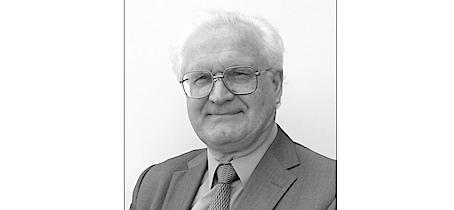
By Dr Peter Harrop, Chairman, IDTechEx — All the publicity currently goes to the race to make regular and premium cars have longer range. This is because most people want only one car so it must be capable of the long distance trip however rare. That must be achieved despite the inadequacy of charging points in number, speed and compatibility of interface and payment means.
The incremental approach
Mainstream pure electric cars typically now have a doubled range of 300-400 kilometers (185-250 miles). A premium vehicle such as the Sun Flyer pure electric aircraft or Tesla S gets around 560 km though this is all usually achieved by nearly doubling the battery cost and size, therefore delaying purchase price parity with internal combustion engine vehicles - the killer blow. Better is achieved by abnormal driving not practicable in regular real world conditions. For instance, Elon Musk recently sent a tweet to congratulate the owners of a Tesla S who had achieved 1000 km.
The new chemistry approach
Next we are promised Nanoflowcell sports cars with a flow cell battery and 500-1000 km range in regular driving. Toyota is working on an electric car powered by a solid-state battery that significantly increases driving range and reduces charging time to minutes, aiming to begin sales in 2022. Range may be over 600 km but no official figure has been announced. Solid-state batteries use solid electrolytes rather than liquid ones, making them safer than lithium-ion batteries currently on the market - even non-flammable.
The energy independence approach
Energy Independent Electric Vehicles (EIV) never need to carry fuel or find a charger. Progress towards them is seen in the Sun Flyer type of aircraft with solar surfaces increasing range 30% and a reversing propeller using wind to charge the battery when soaring, descending and when parked on a windy airfield. There is a solar bike that travels in sunshine without battery or pedalling.
Achievement of total energy independence is seen with many Naval DC solar electric boats, some having sails. Other boats make all their electric power from wind turbines or a combination of this with photovoltaics. Some manufacturers quote "perpetual" speed which may be only a few knots for a "glider" autonomous underwater vehicle that surfaces to charge its batteries from waves and sun or seven knots for a surface boat.
Raghu Das, CEO of analysts IDTechEx, says, "This is an idea whose time has come, with road vehicles having affordable 40% efficient photovoltaics in future that expands when parking, at which time super-efficient wind turbines erect. The many on- and off- road vehicles that are only used in daylight may need no battery. A dazzling array of new enabling technologies are in the works, from electricity-generating tires and windows to sails and airship fabric making electricity from rain, wind and sun. Ultra-lightweighting including structural electronics and electrics is covered."
Elon Musk usurped the traditional motor industry with his Tesla becoming the "Apple of automotive" based entirely on gorgeous pure electric cars using one fifth of the parts.
Das advises, "Next will come disruption of automotive, aerospace and marine industries with energy independence bypassing even electricity utilities and charging stations and reducing the importance of batteries. During the initial period of niche products and limited sales, savvy companies will be improving and adopting these technologies to leapfrog the industry in the years to come. Remember how the industry laughed at the Toyota Prius, then at Tesla. They now laugh at the Sion and Hanergy solar street legal cars at their peril because these or other proponents are going to shock the industry again. Better to keep up with the subject and be ready to lead the change."
Dr Peter Harrop is Chairman, IDTechEx. The company guides strategic business decisions through its Research and Events services, helping businesses profit from emerging technologies. IDTechEx provides independent research, business intelligence and advice to companies across the value chain based on research activities and methodologies which provide data sought by business leaders, strategists and technology scouts to aid their critical business decisions. To discuss your needs please contact us at research@IDTechEx.com or see www.IDTechEx.com.
TriplePundit has published articles from over 1000 contributors. If you'd like to be a guest author, please get in touch!














